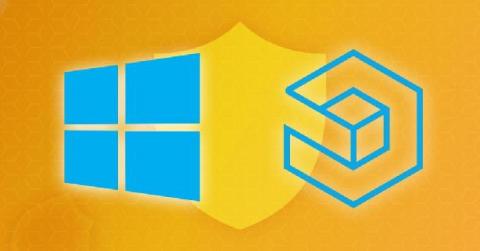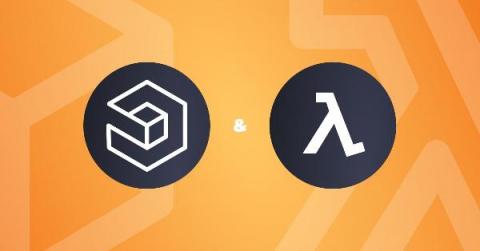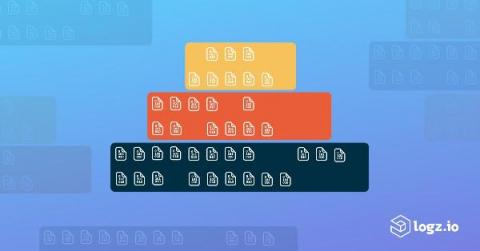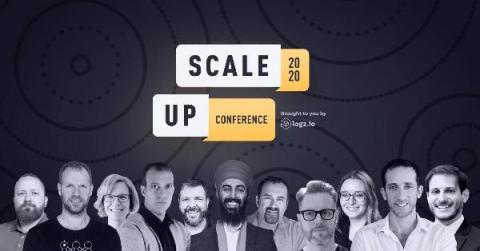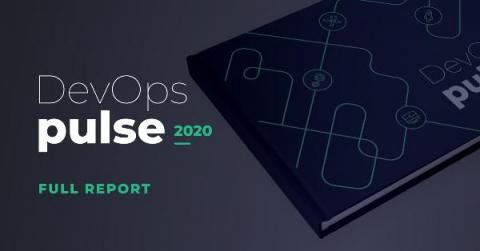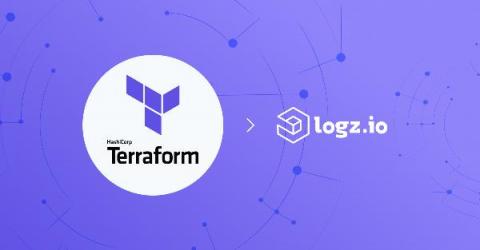How to Add a Data Node to your Elasticsearch Cluster
Have you ever had trouble working with Elasticsearch clusters? You’re not alone. In this post, I will discuss a problem I’ve encountered working with large Elasticsearch clusters and how I solved it. I will share a lot of knowhow on major technical Elasticsearch concepts, some diagrams for illustration, and of course a cool solution! In particular, I will go into Elasticsearch nodes, indices, and shards.




